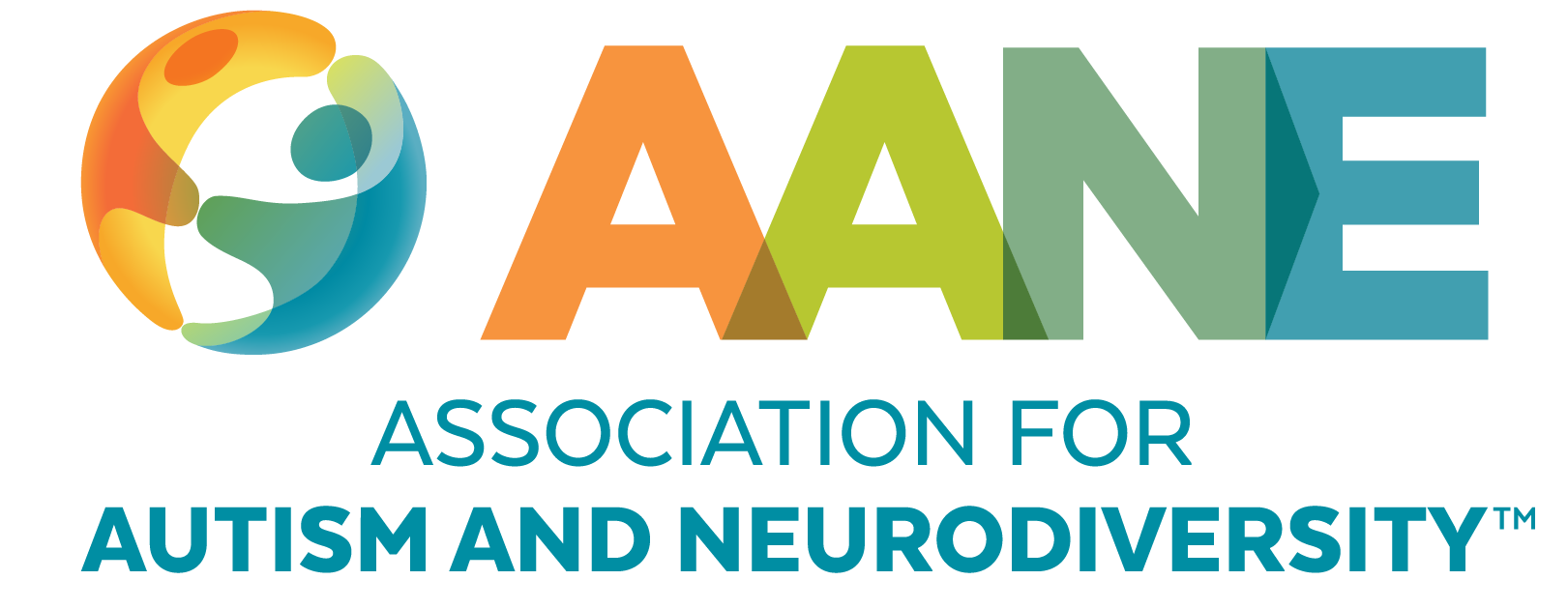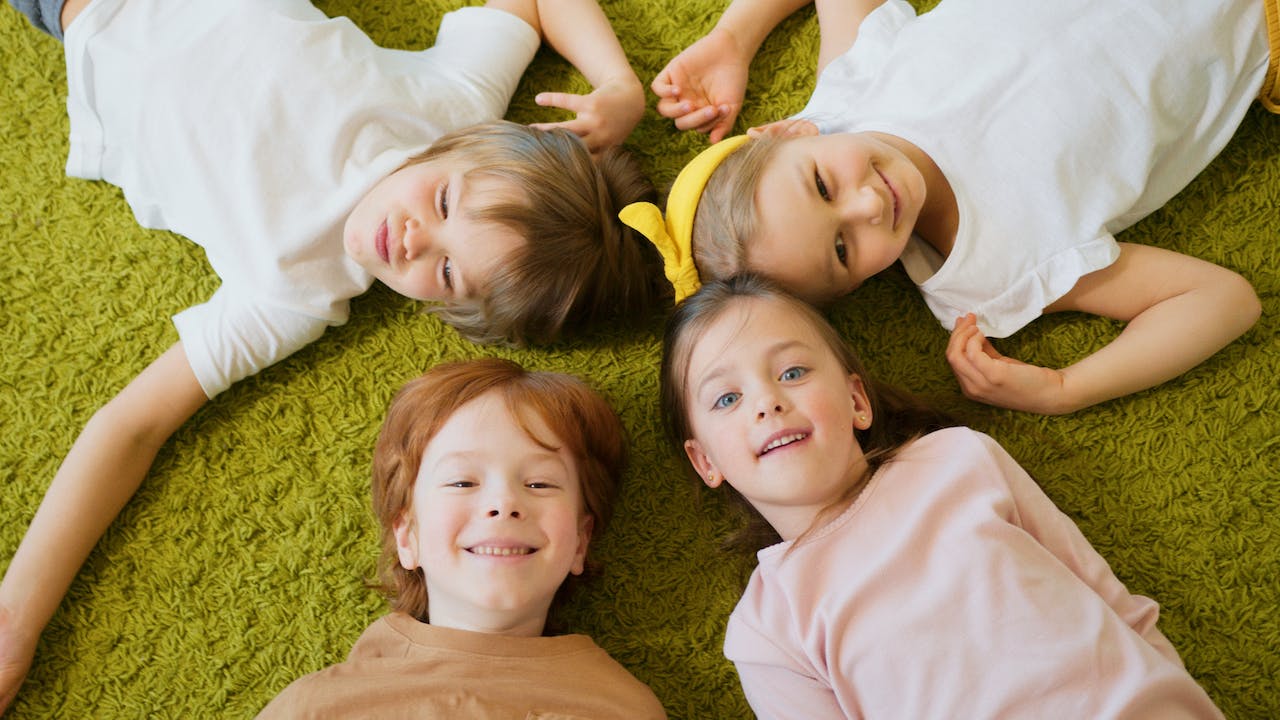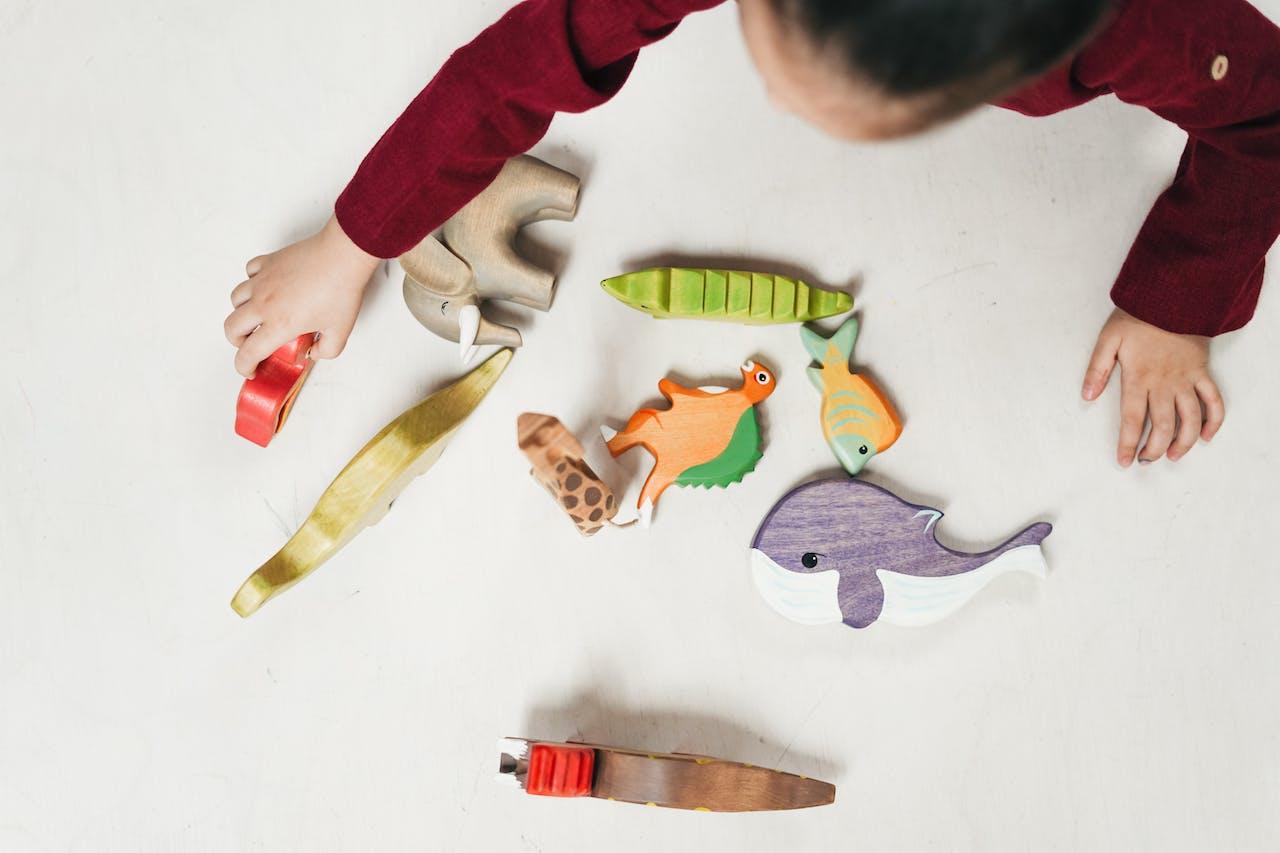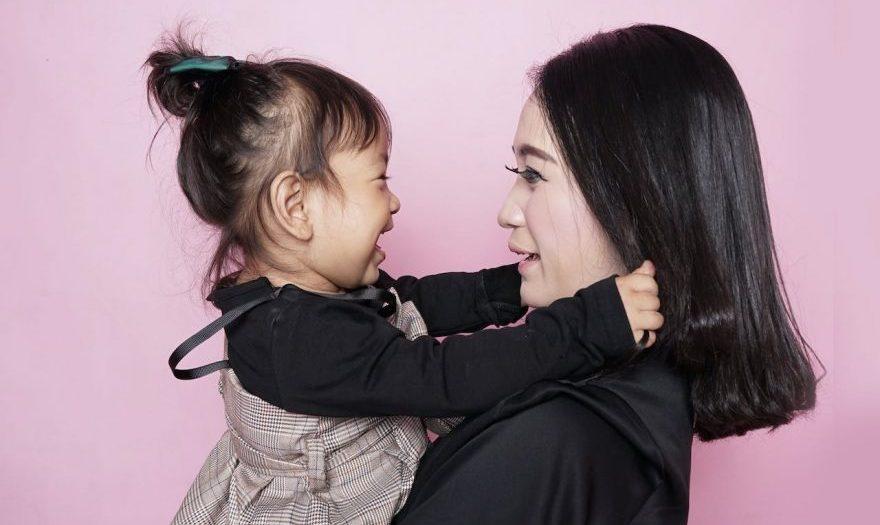
The Autistic Experience of Early Childhood
About the Author
Emma, a 19 year old Autistic adult, is attending university as a freshman this fall. Emma is majoring in Elementary Education concentrating in Special Education with goals to write a children’s book normalizing all disabilities and becoming a Special Education teacher to younger children.

Every day in kindergarten, we’d have two twenty-minute playtime breaks other than recess. Every day, I would do the. Same. Exact. Thing. Every day at playtime, I would get up from my chair, walk to the back left corner of the room next to a wooden shelf, and take out a plastic container of little rainbow counting bears used for math. I would dump the container out on the floor, and begin sorting them. I would start by lining them up by color, then I would line them up randomly. Sometimes I would line them up on the lid. I would do that for the twenty-minute break. Lining them up, taking them down, doing it all over again. I was in my own world. I did this to relieve my anxiety, but I know now that my anxiety was because I’m autistic. My anxiety was heightened because I didn’t quite know how to interact with the world around me. I didn’t understand exactly how to interact with my classmates and teachers. Since I didn’t have anyone to play with, having a routine helped calm my anxiety. Doing the same thing during each unstructured break was crucial for me.
Though I was seemingly content playing alone, I was lonely. I watched the other kids in my class join groups without a second thought, and I had no idea how they did it. It came so easily to them, yet it was so difficult for me.
Unstructured free time heightened my anxiety in the classroom, but the repetition of lining up the toys eased any anxious feelings during those times. Honestly, it gave me something to do so I wouldn’t stick out from everyone else. I remember wanting to blend in with others in terms of having friends to play with, I just didn’t know how to do that. When I was out at recess, I was often seen walking the perimeter, on the wooden beams outlining the play structures. From the perspective of students and teachers, it seemed like I was just walking, but to me, I was playing with my imaginary friends. I don’t remember their names, but I remember that they were present throughout most of the school day. My imaginary friends went with me to art class, gym class, library, music class, assemblies, fire drills, recess, and field trips. They filled the void of having no people to call friends.
It was hard, near impossible in the early years for my peers to connect with me, and only a few of them tried. I did not talk at school, and as a result, kids would come up to me and ask me to speak since they rarely heard my voice. I thought it was weird whenever they would ask me, so sometimes I would speak, and other times I would stare at them silently. I never knew what to say, and they weren’t entitled to hear my voice. I would talk only when spoken to, and even then speaking was inconsistent.
Each week in kindergarten, a teacher would come to our classroom to have a Spanish class. We began class the same way each week. We all had to introduce ourselves in Spanish. Each table had about five children, and we would go around the table one table at a time. All I had to say was “Me llamo Emma,” but even that proved to be too difficult.
Academically, I struggled with math and English Language Arts. Handwriting was physically taxing for me. It took me a long time to learn how to write my fives. My kindergarten teacher was frustrated with me, assuming I must not be trying.
She was wrong.
I was trying harder than most of the kids in my class, but my efforts were fruitless. Teachers never quite understood me, some of them tried, and others didn’t care. I remember feeling like I was trying my best, but it never seemed to be good enough. When I worked through assignments at school, I would shut down as I became less successful. I never showed my emotions at school or in public as a result of my flat affect except during morning drop-off or other moments of intense anxiety where I just couldn’t hold it in. I was a big people pleaser. After snack time or a craft, before going to story time, I would stay behind to help clean up the scraps, because, well, kindergarteners are messy, and I wanted to help.
When my parents made the decision to enroll me in public school, I had more positive experiences, but the road was far from easy. On the first day of second grade, there were two girls who came right up to me and welcomed me to the class. One of them showed me around the school.
It was in second grade that I made my first long-term friend. She was in the class across the hall, so we met for the first time at a lunch group hosted by the guidance counselor. I was intrigued by her crutches, especially the purple on them, and interested in getting to know her. She helped me out of my shell, bringing out my chatty side. We were two peas in a pod. We had the same teacher in third and fourth grade, and we were pretty much inseparable.
Academically I still struggled at my new school, and some of my struggles were unmasked. I would spend hours on one page of math problems, unable to finish it. Writing was also quite fatiguing, but this school was the beginning of pull-out services, modifications, and accommodations. I had a diagnosis of Nonverbal Learning Disability, which has a similar presentation to autism in some ways. I was on an IEP from first grade until high school graduation.
At first, it was an uphill battle, one that my parents were willing to fight in order to get me the support I required for success. It was at my elementary school that I met some of the most influential teachers, therapists, and special educators who inspired me to pursue a career in special education.
As an autistic person, I have had both positive experiences and negative experiences in school. Looking back, though, I had to work twice as hard as my peers to achieve the same result: graduating. I am a member of the class of 2023, and it was a long road getting here, but well worth it in the end.
Stay Current
Subscribe for AANE weekly emails, monthly news, updates, and more!






